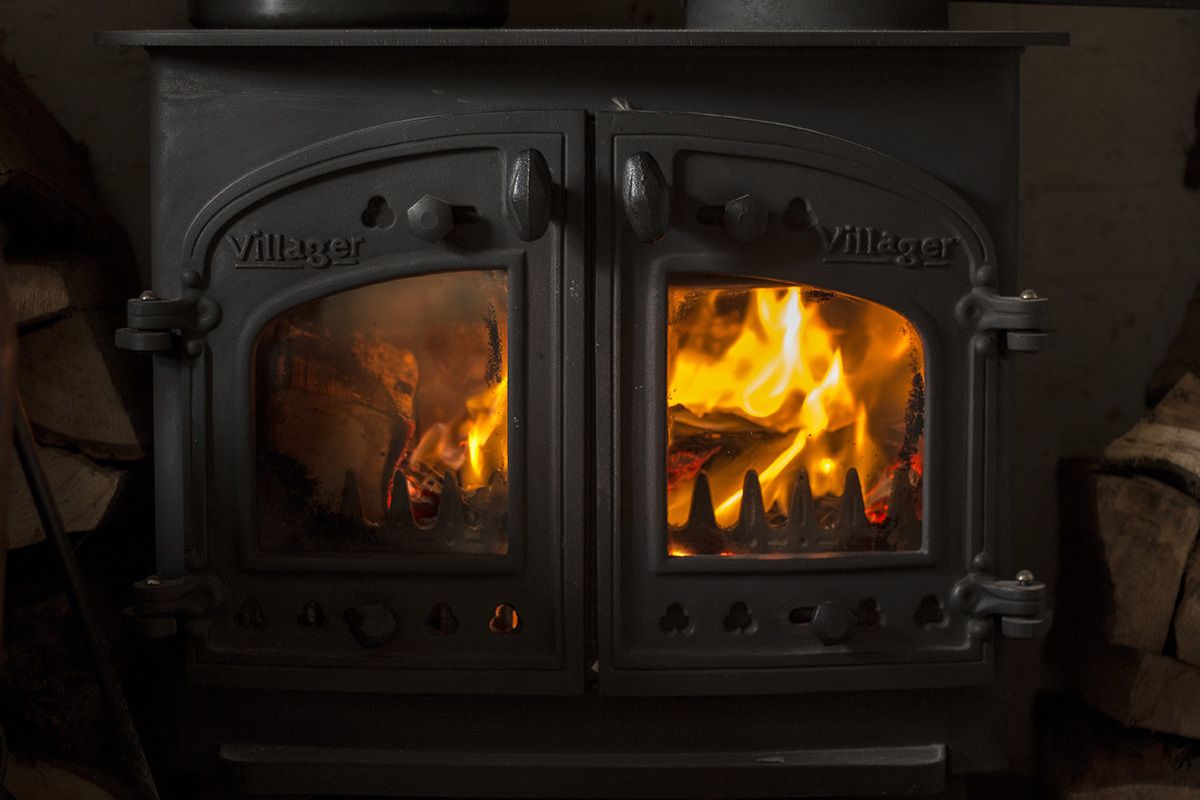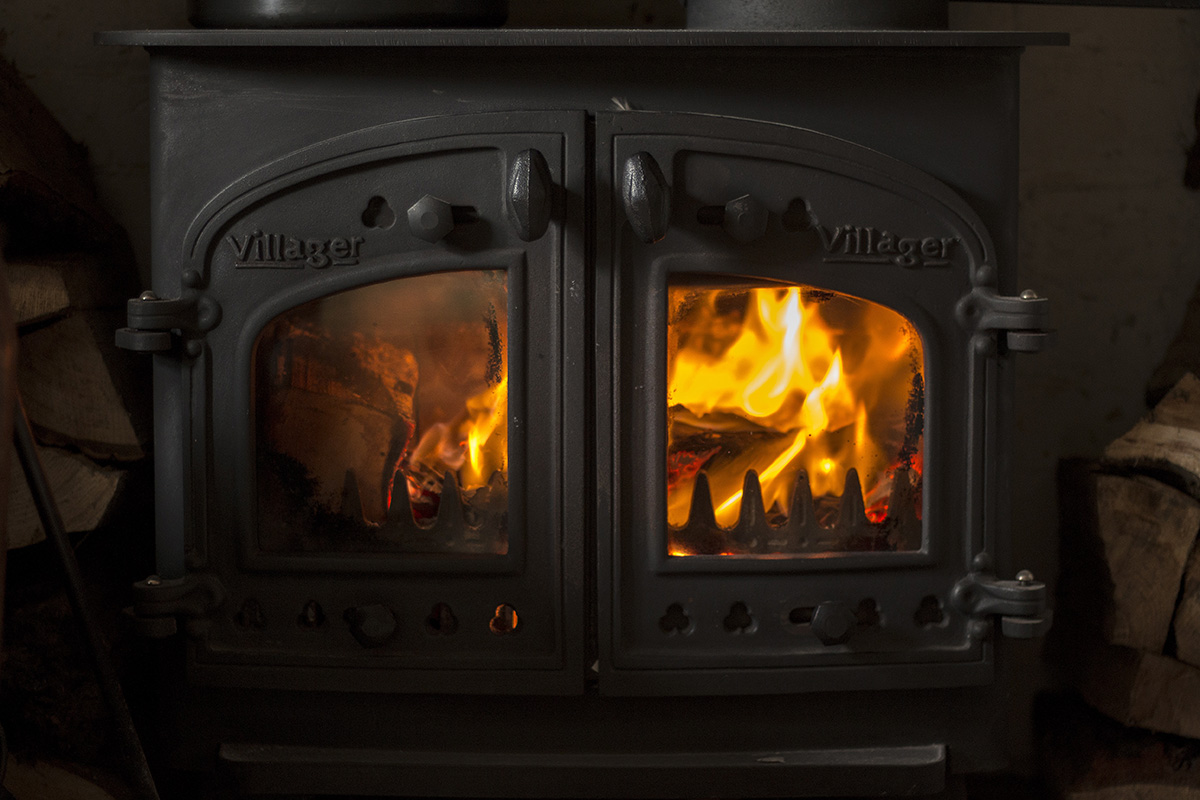How PV works
Solar photovoltaic (PV) systems work by converting sunlight into electricity using semiconductor materials within the solar panels. Each cell consists of layers of silicon-based materials that create an electric field when exposed to sunlight. When sunlight hits the panels, photons knock electrons loose from atoms, generating an electric current. This direct current (DC) is then converted into alternating current (AC) by an inverter, making it usable for powering appliances and lighting in homes. Solar PV systems operate silently and require minimal maintenance, making them an efficient and sustainable energy solution for UK homeowners.
Can PV panels work at night?
No, PV panels cannot generate electricity at night since they rely on sunlight to produce electricity through photovoltaic cells. However, battery storage systems can store surplus solar energy during the day for use during periods of low or no sunlight, providing continuous power supply at night.
What are solar panels made of?
Solar panels are made primarily of silicon-based photovoltaic cells, surrounded by protective glass and encased in an aluminium frame. The photovoltaic cells consist of multiple layers of silicon semiconductors, which generate electricity when exposed to sunlight. Other components include junction boxes, which connect individual solar cells, and wiring to transport electricity from the panels to inverters and the electrical grid. These materials are chosen for their durability, efficiency, and ability to withstand various weather conditions.
Where are PV panels made?
Solar panels are manufactured worldwide, with major production centres in countries like China, the United States, Europe, and India. China is the leading producer of panels globally, accounting for a significant portion of the world’s manufacturing capacity. In recent years, Europe has also seen growth in panel manufacturing, driven by increased demand for renewable energy and government incentives to support domestic production. Many manufacturers have global supply chains, sourcing components from various countries to assemble panels in manufacturing facilities.
How long do panels last?
Solar panels have a lifespan of 25 to 30 years on average, with most manufacturers offering warranties for this duration. According to the National Renewable Energy Laboratory (NREL) in the United States, PV panels typically degrade at a rate of around 0.5% to 1% per year, meaning they retain about 80% of their original efficiency after 25 years. With proper maintenance and regular cleaning, they can continue to generate electricity efficiently for decades, providing long-term savings and environmental benefits for UK homeowners.
Are solar panels recyclable?
Yes, solar panels are recyclable, and recycling initiatives are increasingly being developed to manage end-of-life solar panels sustainably. In the UK, the Waste Electrical and Electronic Equipment (WEEE) Directive mandates that solar panel manufacturers must provide options for recycling panels at the end of their life. Organisations like PV Cycle offer collection and recycling services for solar panels, ensuring that valuable materials such as glass, aluminium, and silicon can be recovered and reused in the production of new panels.
Where are PV panels used?
Solar panels are used in various applications across the UK, including residential rooftops, commercial buildings, solar farms, and off-grid installations. In residential settings, panels are commonly installed on rooftops to generate electricity for powering homes and reducing reliance on the grid. In commercial and industrial sectors, PV panels are used to offset energy costs, meet sustainability goals, and generate revenue through solar energy production. Solar farms are large-scale installations that generate electricity for the grid, while off-grid installations provide power to remote locations without access to the electrical grid.
Are solar panels expensive?
While the upfront cost of solar panels can be significant, prices have significantly decreased in recent years. According to Solar Guide, the average cost of a 4 kWp PV system in the UK ranges from £5,000 to £8,000, depending on factors such as system size and installation complexity. Additionally, government incentives like the and Smart Export Guarantee (SEG) help offset installation costs and improve the overall affordability of solar panels. With potential long-term savings on energy bills and increasing environmental awareness, solar panels are becoming a more cost-effective option for homeowners in the UK.
Which solar panel is best?
The best solar panel depends on factors like efficiency, durability, warranty, and cost. Monocrystalline panels are known for their high efficiency and sleek design, making them a popular choice for residential installations. Polycrystalline panels offer a more affordable option with slightly lower efficiency but are still effective for generating solar electricity. Thin-film panels are lightweight and flexible, suitable for specific applications like building-integrated photovoltaics (BIPV). Ultimately, the best solar panel for UK homeowners depends on individual preferences, budget, and energy needs.
Is a solar PV system worthwhile?
Yes, PV systems are definitely worth it for UK homeowners due to substantial long-term savings on energy bills. According to the Energy Saving Trust, a typical 4 kWp PV system in the UK can save homeowners around £270 per year on electricity bills. With the Smart Export Guarantee (SEG) in place, homeowners can also earn money by selling excess energy back to the grid, further enhancing their financial benefits. Additionally, the use of PV will reduce carbon emissions, contributing to a cleaner environment. Overall, the return on investment and environmental impact make solar panels a worthwhile investment for UK homeowners. Generally speaking, homeowners receive more benefit from using the electricity generated, rather than selling it back into the National Grid. Using battery storage to capture as much energy as possible is vital to maximising your benefits. Charging an electric car is also a great way to ensure you use all of your energy and further reduce carbon emissions.
Are battery systems worth adding to a system?
Solar batteries are a valuable addition to a PV installation, particularly for those looking to maximise self-consumption of solar energy and achieve greater energy independence. While the initial investment in a battery system can be significant, it offers various benefits such as storing excess solar energy for use during peak-rate hours or power-cuts. With rising electricity prices and advancements in battery technology, batteries provide homeowners with greater control over their energy usage and potential long-term savings on energy bills.
Can Solar PV heat water?
Yes, PV systems can be used to heat water using solar diverter devices that redirect excess electricity generated by the panels to heat water in a hot water cylinder. These devices, also known as immersion controllers or PV diverters, prioritise the use of self-generated solar electricity for water heating, reducing the need for conventional heating methods and saving homeowners money on energy bills. By harnessing surplus solar energy, PV systems offer an efficient and eco-friendly way to heat water for domestic use in UK households. This is an alternative method to thermal heating, which uses tube systems connected to your heating/hot water system to directly heat water. While both technologies harness energy from the sun, PV systems offer greater versatility and can provide a wider range of energy solutions for UK homeowners.
Can solar panels charge an electric car?
Yes, it is completely possible to charge an electric car directly through a home charging station. PV in the traditional sense can be used to charge an EV through a home charging station connected to the electrical grid. By utilising solar energy for EV charging, homeowners can reduce their carbon footprint and decrease their reliance on fossil fuels for transportation.
Are PV systems easy to install?
Solar panel installation typically requires professional expertise, but it is considered relatively straightforward for qualified installers. The process involves assessing your property’s suitability, positioning the panels for optimal sunlight exposure, installing the mounting system, connecting the panels to the electrical grid, and ensuring compliance with building regulations. While DIY installation is possible for some, it’s recommended to hire accredited installers for safety and efficiency. The average domestic installation takes one to two days for a team of professionals.
What do I need to think about when choosing a solar installer?
When selecting an installer, several factors should be considered to ensure a smooth and successful installation process. Firstly, verify the installer’s credentials and accreditations, such as MCS (Microgeneration Certification Scheme) and RECC (Renewable Energy Consumer Code), to guarantee competence and adherence to industry standards. Additionally, research the installer’s track record, including reviews and testimonials from previous customers, to assess their reliability and customer satisfaction levels. It’s also essential to obtain multiple quotes and compare pricing, warranties, and installation timelines before making a decision. By prioritising experience, reputation, and value, homeowners can choose a trusted solar installer for their project.



















